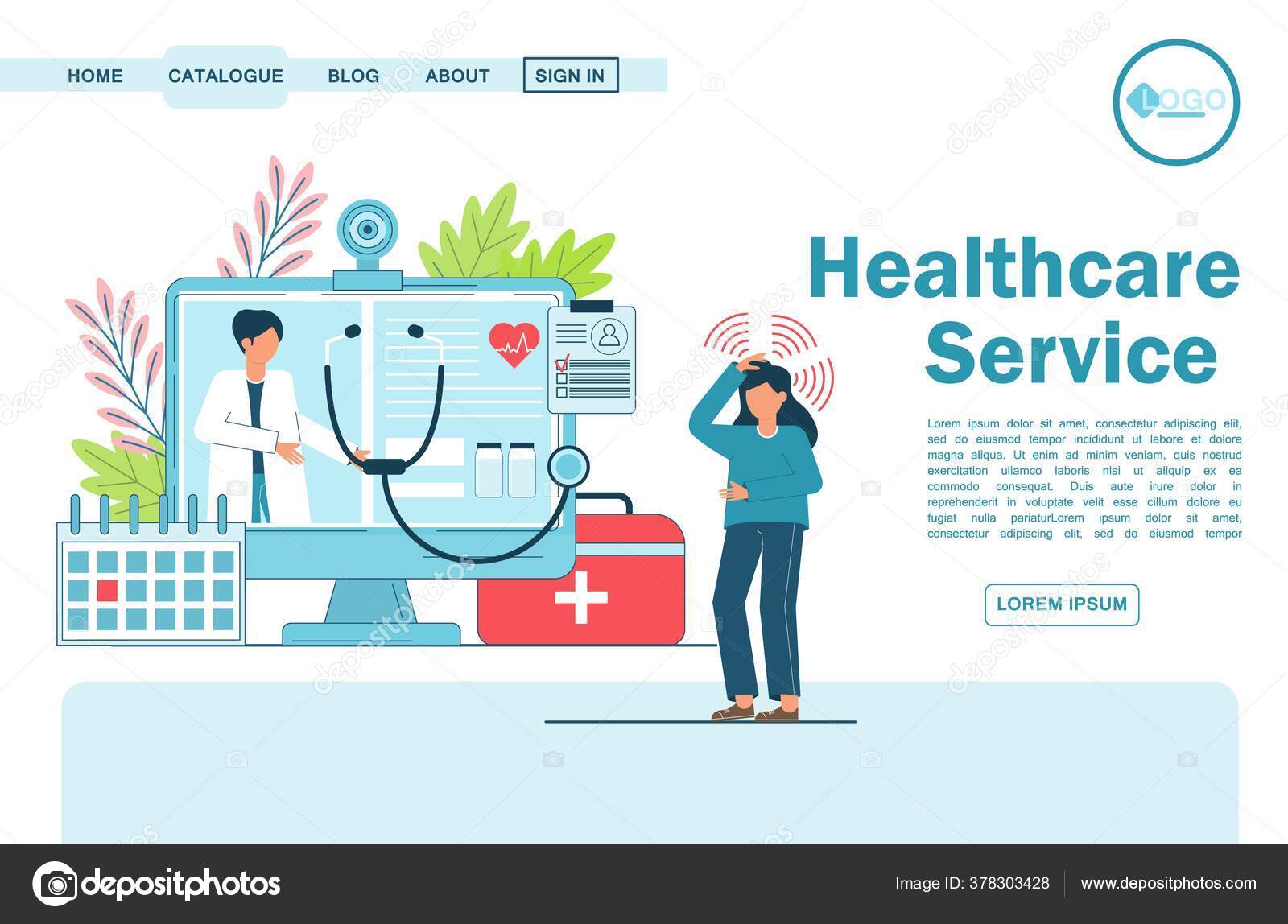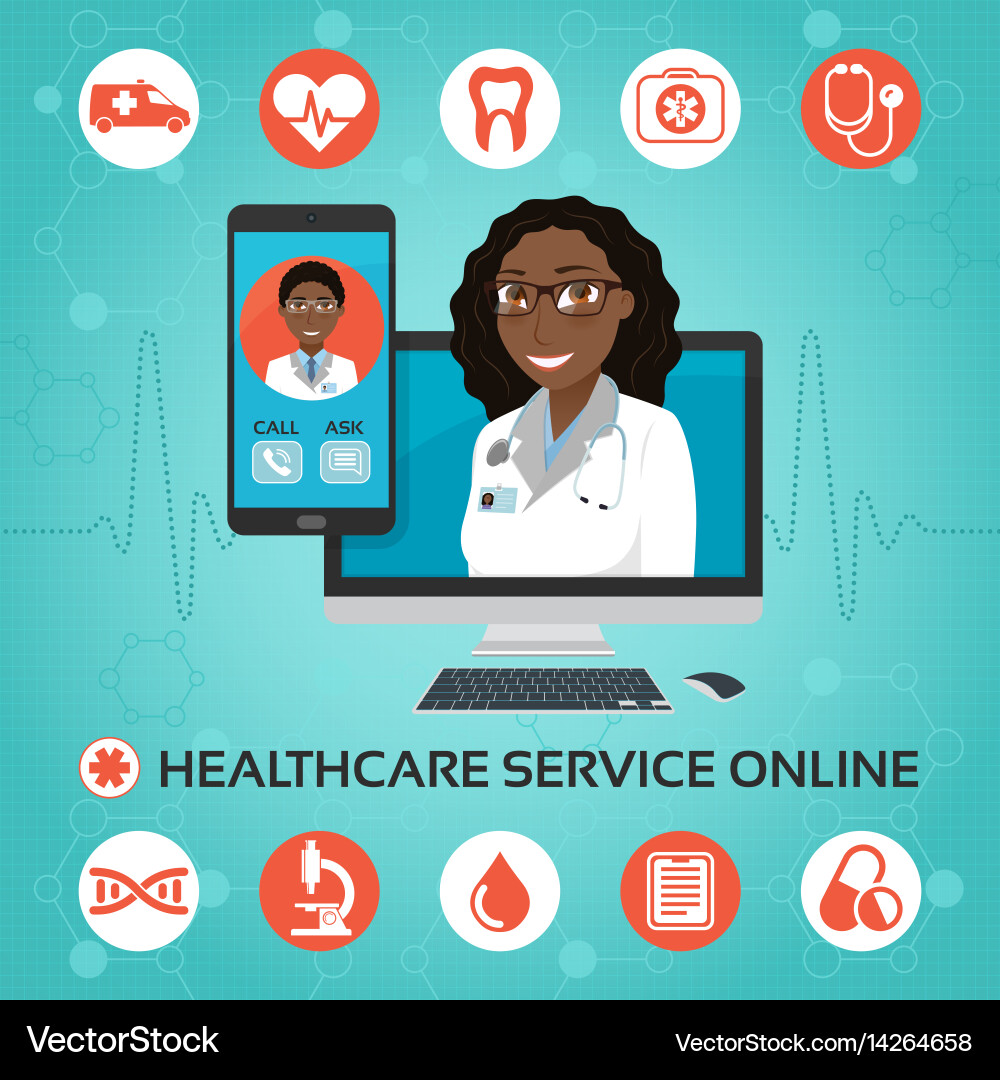Why Subscription Based Healthcare is Acquiring Popularity Among Patients Today
Why Subscription Based Healthcare is Acquiring Popularity Among Patients Today
Blog Article
How Subscription-Based Health Care Is Revolutionizing the Clinical Sector

The Rise of Membership Health Care
In recent years, the medical care market has actually witnessed a considerable change towards subscription-based models, reflecting more comprehensive customer patterns preferring comfort and predictability. This makeover is driven by the raising demand for more easily accessible and individualized treatment services. Registration health care, often referred to as concierge medicine or direct medical care, uses patients a set monthly fee for a variety of medical services, dramatically modifying typical fee-for-service versions.
The surge of subscription medical care is facilitated by advancements in technology, which enable structured communication between patients and companies - subscription based healthcare. Digital platforms and telehealth solutions have actually become important, using clients the capacity to set up consultations, gain access to medical documents, and receive examinations online. This technological combination not just enhances person involvement but likewise enables carriers to deliver a lot more reliable treatment
Additionally, the registration model straightens with the evolving assumptions of people who seek more control over their medical care expenditures and experiences. By getting rid of the unpredictability of co-pays and insurance coverage claims, subscription-based healthcare offers a transparent and straightforward strategy. While this version is gaining traction, its spreading deals with difficulties such as governing difficulties and the necessity for broader acceptance within the standard health care environment. However, its expanding presence marks a turning point in the advancement of health care distribution.
Advantages for Patients and Companies
Subscription-based medical care offers a multitude of benefits for both carriers and people, reshaping the dynamics of treatment. For patients, this version supplies enhanced access to healthcare services. With a predictable monthly fee, individuals can take pleasure in unrestricted appointments, lowered wait times, and customized care. This plan often brings about a much more proactive method to health and wellness administration, permitting timely interventions that can protect against chronic problems from intensifying. Moreover, the financial openness of membership models reduces the unpredictability related to standard fee-for-service billing, easing the burden of unanticipated clinical expenditures.
For healthcare carriers, subscription-based designs foster an even more satisfying and lasting technique. By protecting a consistent earnings stream, service providers can concentrate on supplying top quality treatment without the stress of volume-based solution. This model encourages longer individual consultations, cultivating more powerful patient-provider connections and enhancing health outcomes. In addition, it supplies service providers the flexibility to introduce and integrate preventive and all natural treatment methods. Management jobs are typically structured, lowering above prices and allowing suppliers to commit more time to person communication. Overall, subscription-based health care straightens the rewards of clients and companies, advertising a much more patient-centered and efficient healthcare distribution system.
Secret Functions of the Version
Frequently, the crucial features of the subscription-based health care design highlight its distinct approach to supplying clinical solutions. Central to this design is the principle of go to my blog predictable, regular monthly settlements, offering clients a comprehensive series of services without the changability of traditional fee-for-service structures. This model frequently includes unlimited accessibility to medical care solutions, preventive care, and routine check-ups, making sure that patients can read this involve with their health care carriers proactively as opposed to reactively.
In addition, direct communication networks, such as telemedicine and messaging systems, are highlighted, allowing people to obtain prompt suggestions and appointments without requiring in-person consultations. This improves accessibility and comfort, specifically for individuals with mobility restrictions or those living in remote locations. The version additionally fosters stronger doctor-patient relationships, as medical care carriers are incentivized to concentrate on lasting wellness end results rather than short-term sees.
Additionally, subscription-based health care often integrates technical developments, such as digital health records and health and wellness surveillance apps, to supply customized and reliable treatment. Clients gain from coordinated and continuous treatment monitoring, which is customized to their certain health requirements. Eventually, these functions jointly develop a patient-centered healthcare experience, focusing on access, cost transparency, and preventive care.

Considerations and challenges
While the subscription-based health care design provides numerous benefits, it is not without its obstacles and considerations. One substantial difficulty is making certain use this link equitable access. Membership versions may inadvertently favor those with higher socioeconomic condition, potentially expanding differences in healthcare access for lower-income individuals that might have problem with monthly fees. This elevates moral worries concerning inclusivity and equity in healthcare distribution.
An additional challenge depends on regulative compliance. Subscription-based healthcare must browse a complicated internet of laws that vary by region, including issues around individual privacy, data security, and state licensing requirements. Making certain conformity without restraining the model's versatility and technology can be intimidating for providers.
Additionally, there is the danger of overutilization or underutilization of services. Clients paying a dealt with cost might overuse services, causing increased operational costs, while others might underutilize because of fear of straining the system, potentially neglecting required care.
Future Prospects and Innovations
The landscape of subscription-based healthcare is poised for transformation with arising technologies and developing leads. As modern technology proceeds to advance, the combination of man-made knowledge and equipment discovering presents considerable chances to boost diagnostic precision and improve person monitoring. Predictive analytics can revolutionize preventative care by determining prospective health and wellness threats before they show up, consequently decreasing both expenses and the worry on healthcare systems.
Additionally, telemedicine is established to increase within membership designs, offering individuals increased access to medical care professionals despite geographical restrictions. This not only assists in continuity of care but also encourages clients to engage more actively in their health administration. In addition, blockchain technology offers prospective in safeguarding person data and making certain interoperability across platforms, fostering count on and openness.
Partnerships between technology companies and health care service providers are likely to generate ingenious options, improving client experiences and outcomes. As these prospects emerge, subscription-based medical care has the possible to redefine exactly how treatment is supplied and accessed.
Verdict
Subscription-based health care is changing the medical sector by using a much more accessible, foreseeable, and patient-centered approach to medical services. This design improves patient-provider partnerships, guarantees economic openness, and stresses preventative care via endless appointments and telemedicine. Despite obstacles such as regulative hurdles and prospective disparities in gain access to, the subscription model holds promise for an extra reliable and customized healthcare experience. As technology developments, better advancements are most likely to attend to existing challenges and optimize health care shipment.
Membership healthcare, in some cases referred to as concierge medication or straight primary care, offers clients a set month-to-month charge for an array of medical solutions, substantially altering standard fee-for-service models.
Moreover, the subscription model aligns with the developing assumptions of people who seek more control over their healthcare expenditures and experiences. For individuals, this model provides improved accessibility to healthcare services. On the whole, subscription-based health care straightens the incentives of clients and companies, promoting an extra patient-centered and effective healthcare distribution system.
In addition, telemedicine is set to broaden within registration versions, offering individuals increased access to health care specialists no matter of geographical restrictions. - subscription based healthcare
Report this page